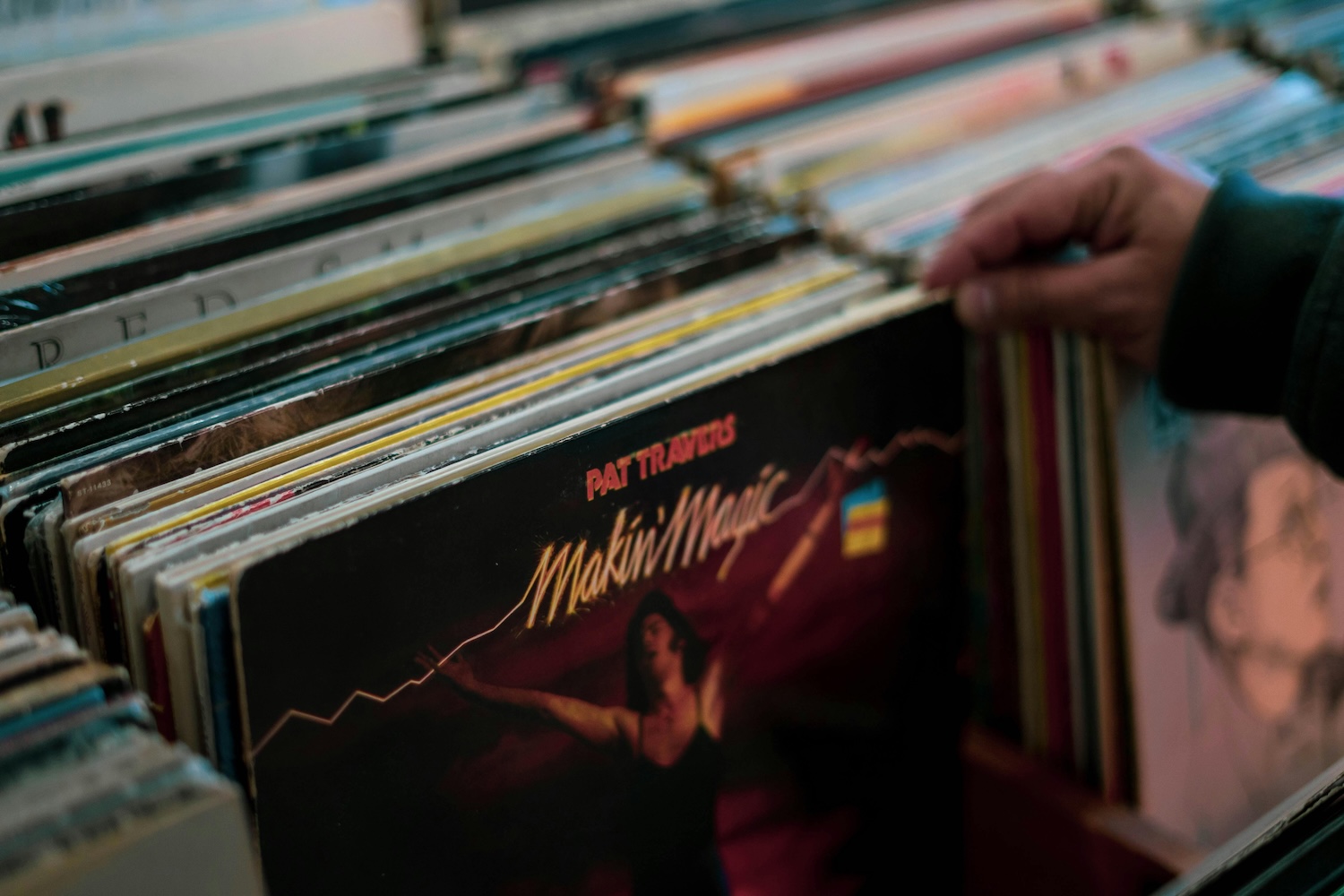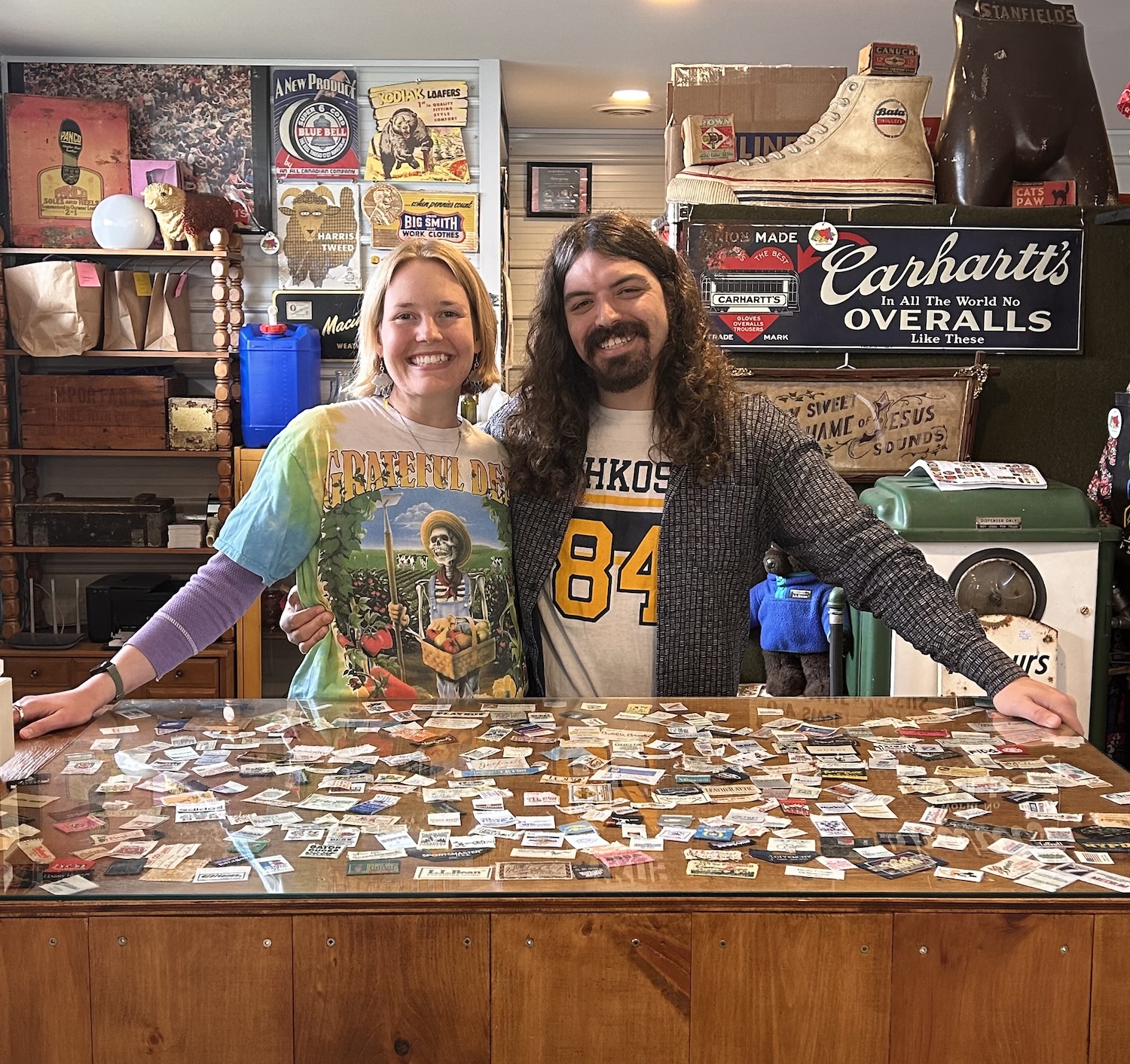
An intimate collection: Vintage lingerie from the 1920s through 1950s
Whether you love the minimalist look of a pair of tap pants or the full-on glamour of a marabou robe, there’s vintage lingerie to suit everyone’s style. Here, explore a brief history of common styles for the modern collector
This article contains affiliate links. We independently research products. We may earn a small commission if you make a purchase through the links, at no extra cost to you, which helps to fund our website operations. Affiliate links do not inform the direction of our editorial content. Read more in our Terms & Conditions.
Step into the world of vintage lingerie, where glamorous pieces crafted from luxurious fabrics adorned the Hollywood movie stars of classic films, from the silent era in the 1920s to the black-and-white masterpieces of the 1950s.
Lingerie featured alluring details and often encouraged one to contort the body for fashion.
In this article, we will journey through the decades and unveil what women once wore both beneath their clothing and to slumber the night away, and present some modern-day sellers who carry gorgeous vintage lingerie to be enjoyed no matter the gender.
The Women’s Institute of Domestic Arts and Sciences’ book, Underwear and Lingerie, published in 1925, was a significant guide for people of the times. “Daintiness, absolute freshness and simplicity should be the keynote of all lingerie,” the book emphasized.
“At the same time, it should be remembered that undergarments must be carefully fitted and correctly designed in order that outer garments may be properly effective.”
Vintage lingerie from the 1920s
While Victorian women wore steel and whalebone corsets to cinch in waistlines, by the 1920s, this type of shapewear moved away from the bustline to focus on the hips.
Looking more like what would later be called a girdle, these corsets were intended to flatten female forms if needed and give the lithe, androgynous look that the flapper style dresses required.
On the upper half, women wore bras, then known as brasseries. The initial bras were bandeau style, offering little support and keeping the chest flattened.

However, as fashion and women's needs evolved, so did the design of bras. The lack of a full corset allowed women to actively participate in sports such as tennis, golf and bicycling.
Bras were worn with tap pants, also called French knickers or dance pants. The name “tap pants” came about as tap dancing was prevalent not only in classic Hollywood musicals but also in dance halls.
Sitting on the waist, tap pants look like elegant short-shorts with a bit of a flare that covers the upper thigh and derriere.
If you can find them, tap pants are easy, breezy vintage lingerie pieces to your collection.
Alternatively, a step-in chemise could be worn — it was a garment that looked like a romper-style slip, which one had to “step in” to.
The similar envelope chemise had buttons or snaps to hold a secondary piece of fabric in place to create the bloomer bottom. Slips were worn over top of bras and tap pants or chemises, because dress fabrics at the time were very sheer.

“As corsets fell out of favour in the early 20th century, garter belts rose to prominence,” writes lingerie expert and former blogger Cora Harrington in her book In Intimate Detail: How to Choose, Wear and Love Lingerie.
“The shorter hemlines of the 1920s meant stockings now needed to come up somewhat higher than the leg than just above the knee.”
While women wore garter belts in the daytime to hold up stockings, in the evening, they used elastic garters with stockings rolled over the top to allow for comfort for a night of dancing. Stocking fabrics included luxurious silk, rayon (also known as “artificial silk”) cotton, or wool.
Classic white lingerie was tossed aside in the 1920s. This was an era of colour, and soft pastel shades abound. Think light pink and peach, baby blue, mint green, soft yellow, and pale gold.
French fashion designer Coco Chanel made black chic, and you’ll find black lingerie from this era in the marketplace, especially in see-through lace designs.
Nightgowns from the 1920s were either short or long and could be entirely glamorous, looking almost like evening wear. Searching for vintage lingerie, you’ll find straight-line cuts across the chest, dropped waistline styles, and beautifully finished scalloped hemlines.
Look for matching bed jackets, a type of short jacket worn over nightgowns, or floor-length robes. You might even find a matching boudoir cap.
Silk lingerie was preferred and, although more costly, is a fibre that can last decades if well cared for. In silk fabrics, the most popular was crepe de chine, with radium silk taffeta a close second.

You will also find wash satin, triple voile or Georgette silk. Linen was often combined with silk. Artificial silk or rayon was used until the mid-point of the decade.
Cotton, although a common material used in undergarments of the time, will be available but will likely show more wear. Hunt for thick velvet robes from the era if you can find one.
Underwear and Lingerie also states, “The manner of trimming lingerie divides it into two types; the tailored, which is the plain or almost untrimmed kind, and the feminine sort, in which dainty materials are of first importance and the trimming of lace or embroidery dominates the effect. Both types have their followers.”
The beauty is in the details when it comes to feminine lingerie from the 1920s. Search for tiny rose motifs made from ribbons of silk along necklines and hems.
Continued below
Find vintage lingerie at a secondhand market near you
View our events calendar
Continued from above
You’ll also find embroidered floral work with cascading leaves. Also, look for pretty ribbon work that decorates tap pants. More ribbons were used on chemises and nightgowns as non-adjustable straps or waist ties.
Lace was also used extensively, either in the same colour of the fabric or in contrasting shades on chemise and elegant nightwear.
Inspired by Hollywood, you may find nightgown sets in gorgeous rich fabrics, embellished with metallic threads, or even adorned with feathers or fur.

Vintage lingerie from the 1930s
By the 1930s, lingerie fashions had shown subtle changes. Bras had more structure and advances, providing cup sizes, elastic, and underwire.
Helene Pons developed the patent for underwire bras, which did not reach their most significant popularity until the 1950s.
The lingerie structure also changed. Necklines were cut into a “v” shape, while the waistline moved up to the natural line of the body.
Additionally, fabrics were now cut on the bias, expertly draping a woman’s body while following the current trends in fashion. Printed floral patterns were in demand, usually against lighter-coloured backgrounds.

“The next major development in hosiery history didn’t happen until 1939 — the nylon,” writes Cora. “It was inexpensive, durable, and incredibly sheer.” Sales of nylons quickly surpassed all other fabrics in the marketplace.
One other point to note is that you may find the initials of the former owner monogrammed into the lingerie, which was done as a way of personalizing it. This was a prevalent practice throughout the 1920s and 1930s, adding a unique history to each garment.

Vintage lingerie from the 1940s
Lingerie became more utilitarian in the 1940s as rations for WWII were needed. Luxury materials were scarce, and many women were now employed in the workforce while men were away at war.
When it came to bras, most women wore beige or white and had very few decorative elements, though there were decorated sets that were purchased by soldiers overseas for their girlfriends back home (pictured below).

However, one note of interest is that bras from the 1940s became more pointed in shape. Longline bras, which accurately describe the cut, held everything in place, while the straps were merely decorative.
Post-war saw the introduction of the strapless bra in 1946, designed by Jack Glick. Bustiers and corsets were no longer needed when wearing open necklines.

Girdles were now made from nylon and elastic, starting at the thigh and stretching up to the bustline. Thigh-high nylons were clipped on.
Fashion designer Christian Dior crafted haute couture “New Look” dresses in 1947 that featured wide skirts supported by starched petticoats, a type of flouncy underskirt.
The hourglass figure was back.

Vintage lingerie from the 1950s
Once the style trickled down to be copied and produced at a lesser cost by clothing manufacturers in the 1950s, bell-shaped skirts were one of the biggest fashion trends of the decade. The fuller, the better.
To wear one of these skirts in its full glory, you’ll need a voluminous petticoat to wear underneath. And a fashion hint — don’t forget the saddle shoes!

Another defining feature in lingerie during the 1950s was the bullet bra.
“The vintage-style bullet bras were popular in the 1950s and famous for their concentric circles of stitching around the bra cup. This stitching created a pointed bullet shape,” writes Cora.
Think pictures of pin-up girls and movie star Marilyn Monroe for visuals of the fit, which provided substantial support without an underwire.

Until the end of the 1940s, women were still wearing tap pants. Underwear of the 1950s favoured briefs with a high waist, along with full coverage in the back. You’ll find styles with low or high-leg openings.
For nightwear, think frilly gowns, long or tea length, in pink, blue, or peach, abundantly trimmed with lace. Baby-doll nighties were beloved for their thigh-high length and matching bloomers.
Look for playful pyjama sets in a bevy of prints. Snuggle up in vintage pieces made in cotton flannel for winter nights.
The allure of collecting vintage lingerie lies in the fact that each item is a unique treasure, a testament to its time.
By building your collection, you’ll be part of this intimate fashion history — and feel a little more glamorous every time you wear one of these iconic pieces.
Is it safe to wear vintage lingerie? How do I care for it?
Yes! Like all vintage clothing, lingerie should be laundered before wearing.
Author Cora Harrington has detailed instructions on how to wash and care for vintage lingerie on her blog, The Lingerie Addict.
Where can I find vintage lingerie?
When searching for vintage lingerie online, use phrases like “vintage deadstock” and “vintage” along with the type of lingerie you are looking for (step-in, bra, tap pants, teddy, chemise, nightgown, girdle, peignoir, etc.)
Check out all of the Etsy shops linked above in this article — and here are five more to check out on social media!
Irreverent Finery | @irreverentfinery
Carmine & Hayworth Vintage | @carmineandhayworth
Illisa's Vintage Lingerie | @illisasvintagelingerie
Starlotte Satine Vintage | @starlottesatinevintage
Kanelle Vintage | @kanellevintage
Thank you for valuing our work!
Support our work to see this page.
You’ve got a good eye, but this gem is only available for members. Register for a plan or upgrade your current one to peek behind this vintage curtain, or log in below.















